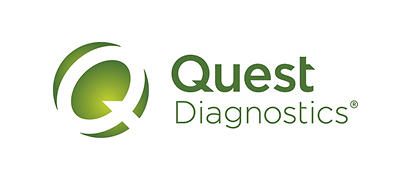HbA1c reflects the average concentration of glucose (sugar) in the blood over a 2-3 month timespan prior to the screening, while a glucose measurement only reflects an individual’s blood sugar at the point in time of the screening.1 Glucose measurements change by the minute, and are influenced by recent food intake, stress, exercise, and other factors.2 When an employer only measures fasting glucose in their wellness screenings, they may miss the long-term risk factor. Therefore they may overlook many employees who are actually at risk for prediabetes and type 2 diabetes.
The value of HbA1c testing is clear. Type 2 diabetes is a very costly condition for self-insured employers. The ability to use HbA1c to identify future high-cost claimants when they are still in the prediabetes range (and their conditions are still reversible), is a huge benefit. However, many organizations still do not offer HbA1c as part of their workplace wellness screening. Why is that?






